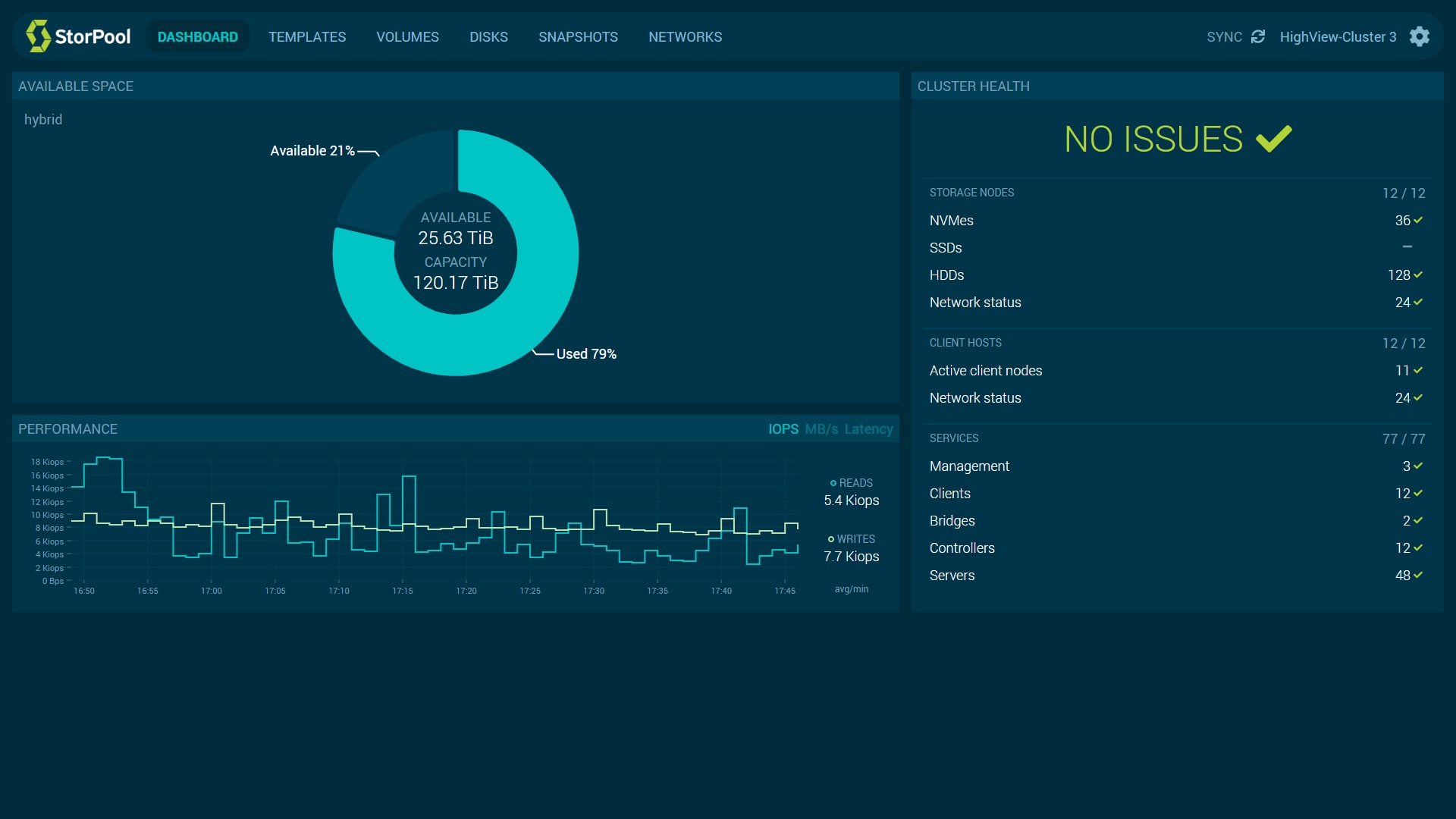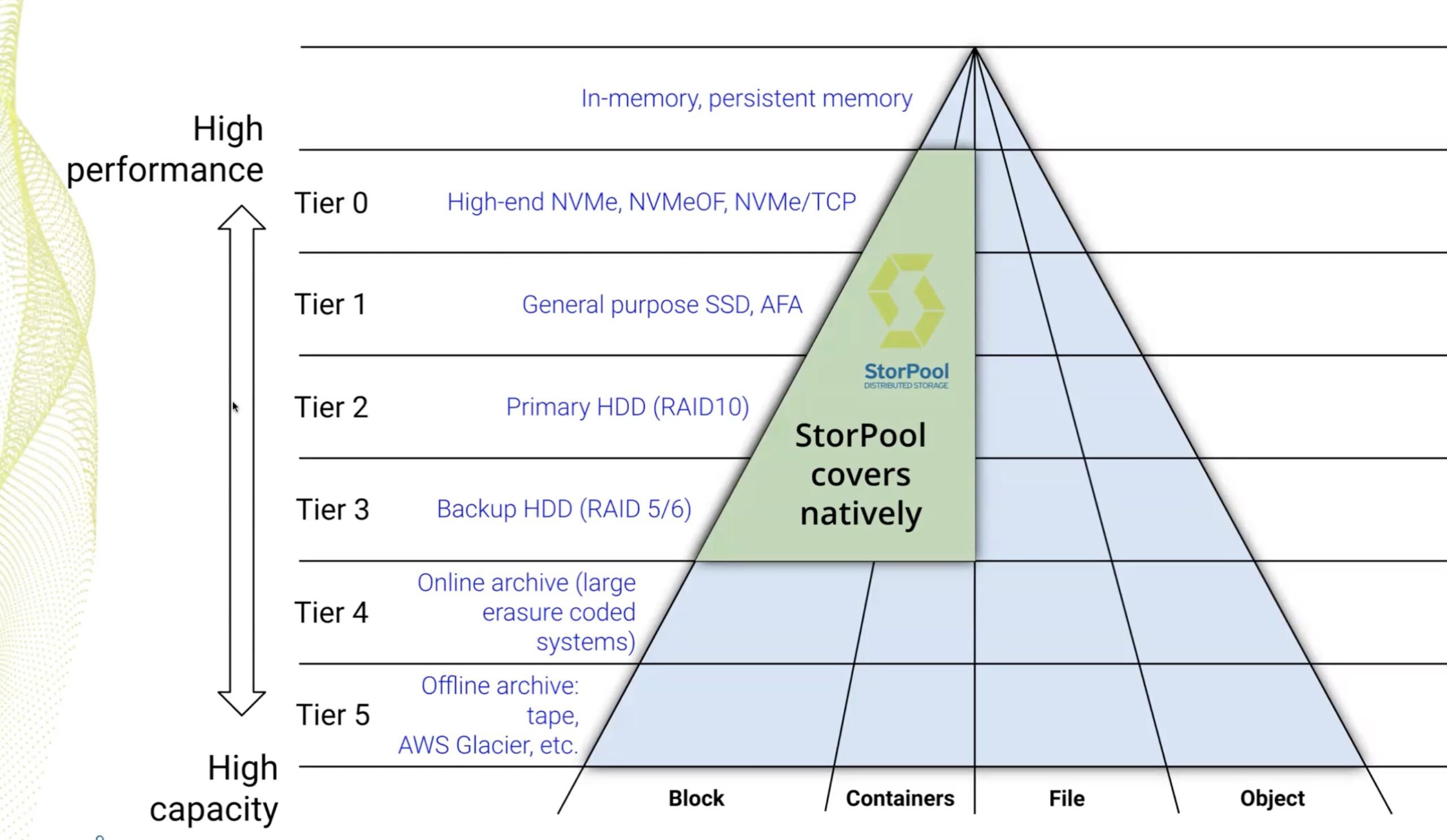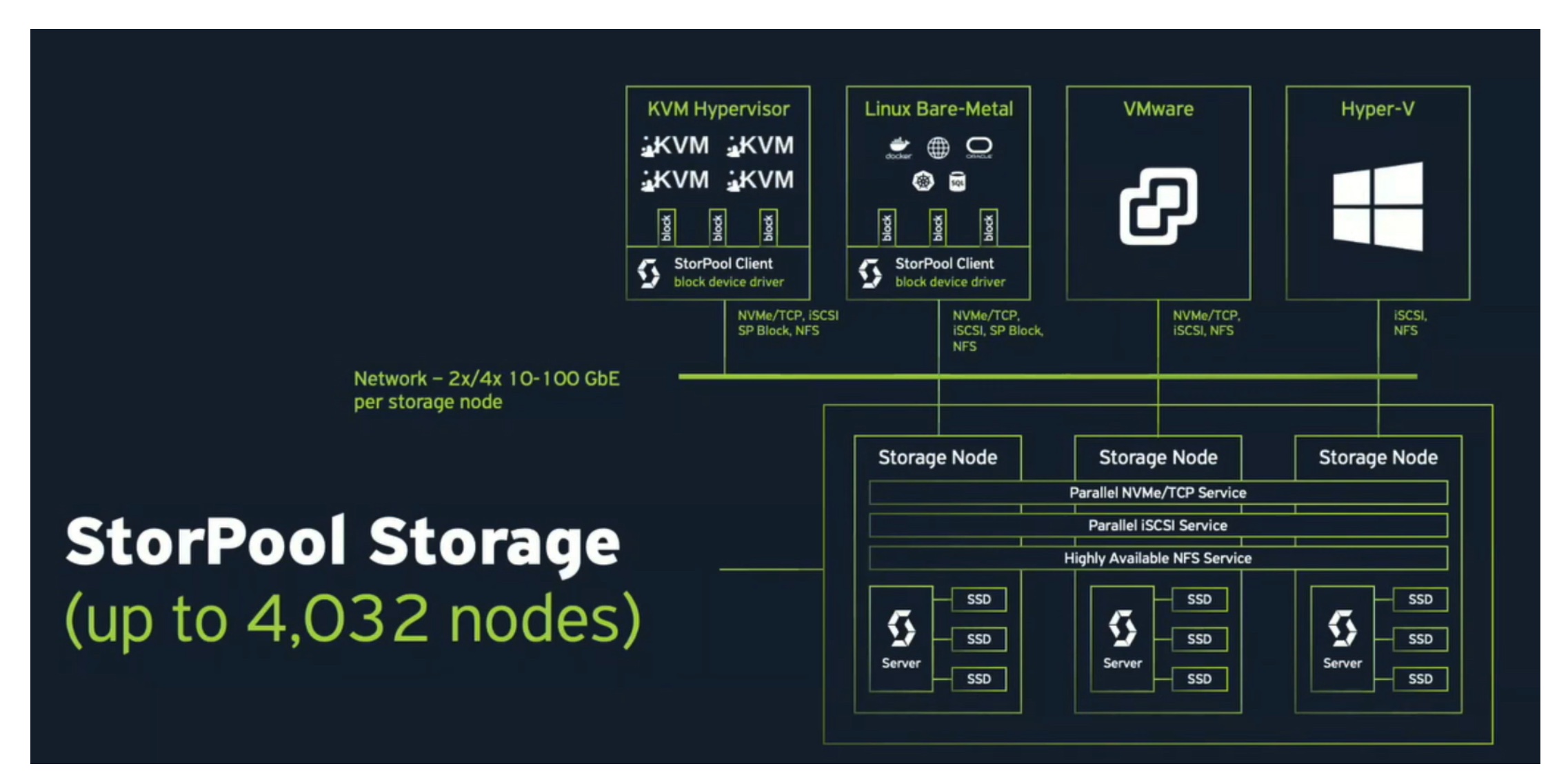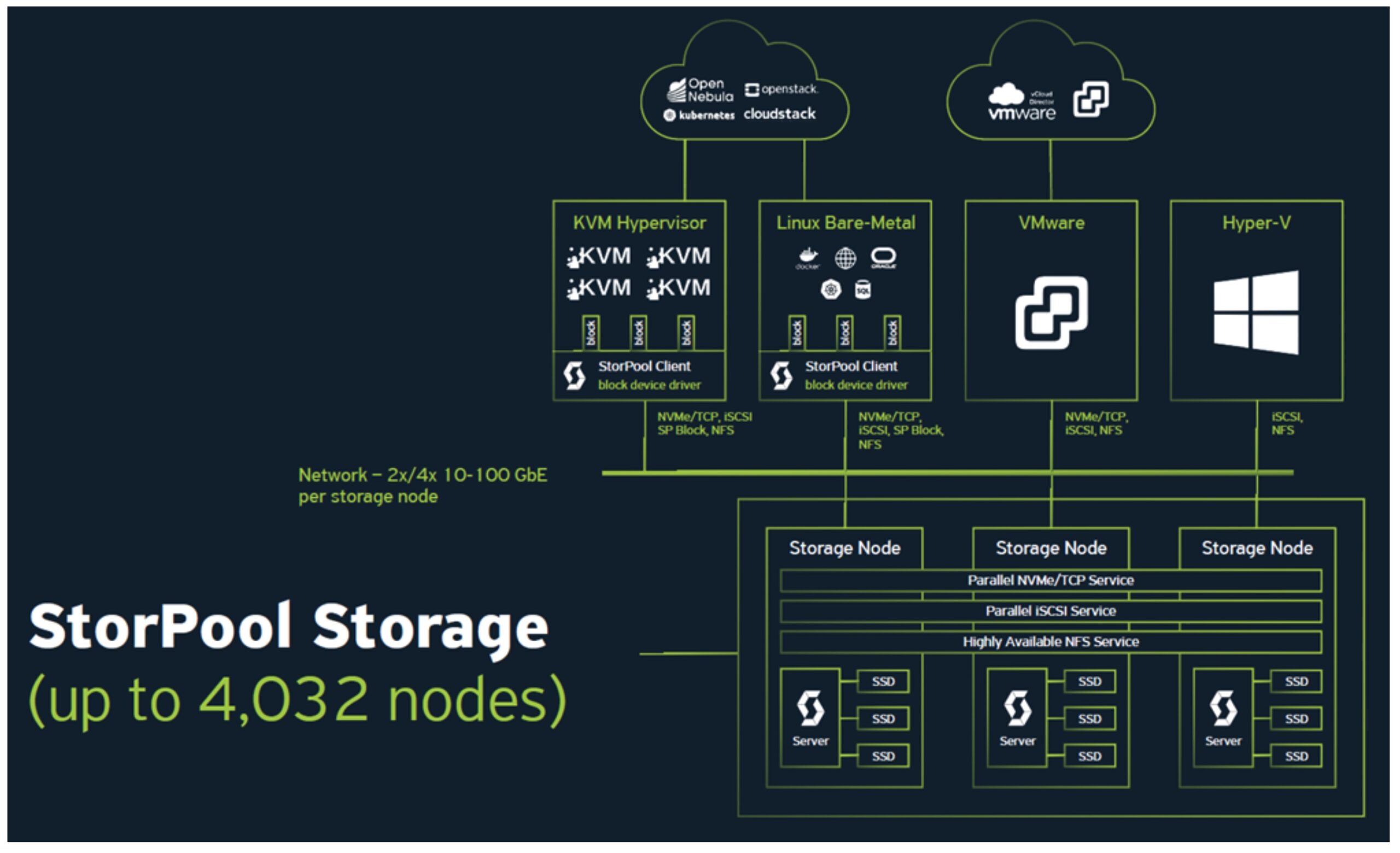StorPool just announced the official release of StorPool Storage v20. Loaded with important enhancements, the new version is a major release since v19.5. On that occasion, we met up with Boyan Ivanov, CEO and Co-founder, Boyan Krosnov, Chief of Product and Co-founder and Alex Ivanov, Product Lead from StorPool for a pre-release briefing to talk about their new launch and its upgrades.
StorPool – A Step Ahead from Others
Back when ‘software-defined’ wasn’t quite the buzzword yet, StorPool started its journey as a storage solutions company. StorPool was formed in 2011 in Sofia, Bulgaria where it is currently headquartered, by Ivanov, Krosnov and Yanko Yankulov who is the Head of Engineering. Coming from technical backgrounds, the founders understood that storage was broken and was in need of major reformation. With that in mind, they took to developing a purpose-built distributed storage system from ground up which addressed some of storage’s biggest challenges.
The focus from the beginning was to build a block storage platform that is easy to scale, not too complex, efficient and reliable, and last but not the least, inexpensive – basically everything that was missing from storage before the software-defined era. After 3 years of developmental work, a storage software was born that was high-speed, block-level, software-defined and flexibly deployable across public and private clouds.
The Long List of Storage Pains
During the briefing, we touched on some of the problems of storage and how StorPool makes storage better. The makers revealed that for the last couple of years, since their appearance in Cloud Field Day event in 2020, they have been working on finding ways to make StorPool an even better storage platform, and that led to the version 20.
Historically, storage has had many loopholes, not the least of which were cost and scalability. First, the architectural complexity created scaling limitations that throttled capacity and slowed down performance. Cloud and hardware were both insanely costly, and still is. The infamous vendor lock-in challenges made setting up a storage infrastructure extremely problematic and ridiculously expensive.
SDS (Software-Defined Storage) has addressed several of these constraints. By liberating companies from vendor lock-ins, it has made it possible to use the hardware of their choice, and be in control of their CapEx expenses. But challenges like speed and reliability continue to interrupt business continuity. As a result, enterprises to this day are one step away from having a simplistic, economical and reliable storage system that can support the explosive data growth.
StorPool Storage for Workloads That Demand Reliability
StorPool is an infrastructure designed to deliver low latency, higher performance per watt, speed like local SSDs and above all consistency and reliability. A distributed scale-out architecture, the StorPool software liquifies standard servers, aggregating drive performance and capacity into a single shared pool of resource for both storage and compute. What makes it better is that it’s faster than many solutions, and is highly reliable. Comprising NVMe SSDs, StorPool delivers over 1.4 million IOPS per client at NVMe-class latency. Zero single points of failure ensures high availability round the clock. StorPool has integrations with standard containers and orchestration tools like Kubernetes, OpenStack, OnApp, CloudStack, VMware and more.
StorPool comes as both a software that runs on commodity hardware with the standard x86 processors as well as a fully managed service with 24/7 service and management support. It can be deployed two ways – as composable storage nodes or as a hyper-converged infrastructure. The minimal configuration has three nodes and can be expanded to thousands by adding more drives and servers.
StorPool Storage v20
The new version with its host of upgrades is more feature-rich and delivers better management and monitoring capabilities, on top of improved software compatibility.
One of the new features in StorPool v20 is the added support for NVMe over TCP. Ivanov explained, “A lot of people want to have a very fast interconnect or connection to the storage system but without using our client or host software, and the current technology we have, both our implementation and software drivers are actually faster than NVMe over TCP.”
The added support delivers high-performance, low-latency access to the StorPool storage system. The protocol works over the same Ethernet networking. A software-only implementation, it does not require any specialized hardware. NVMe over TCP targets are always highly available because StorPool fails over all targets on failed nodes to other working nodes in the cluster.

Image provided by StorPool
The second major feature is StorPool on AWS, which allows customers to deploy StorPool on AWS in a set of three instances at a time. With this specialized solution, customers can move their monolithic workloads to AWS economically – a migration that would otherwise cost a lot with other technologies. This solution can deliver over 1.3 million IOPS to computer instances.
Last but not the least is NFS on StorPool. With this feature, StorPool added support to run HA NFS servers in the clusters inside StorPool’s storage system. This is optimized for throughput-intensive applications like video rendering and editing, heavy web applications, and such.
Ivanov said, “We started on-boarding global 2000 companies with very complex use cases for the past three years. These larger accounts typically have multiple use cases, and they need a bit of everything. So, we’re still going to focus on being the best in block storage high performance scalable systems but then you can have a fairly good NFS implementation for addressing wider use cases.”
He explained, “It won’t be like an NFS-only solution, but it expands the capabilities of the software that spans across public cloud, on-premises, high performance NVMe at the very high end but can also do HD type of systems for backup and disaster recovery.”
In Conclusion
A faster storage leads to faster applications and StorPool is a slam-dunk for that. It is designed for modern IT workloads that demand high reliability and low latency, and it is laser-focused on that. It has a highly scalable and efficient architecture that makes it a great storage system for primary workloads. Version 20 is StorPool at its best. Special thanks to StorPool for speaking with us and Dan Miller for reconnecting us.
Be sure to check out StorPool v20 at StorPool’s website. For more exclusives like this, keep reading here at gestaltit.com.




